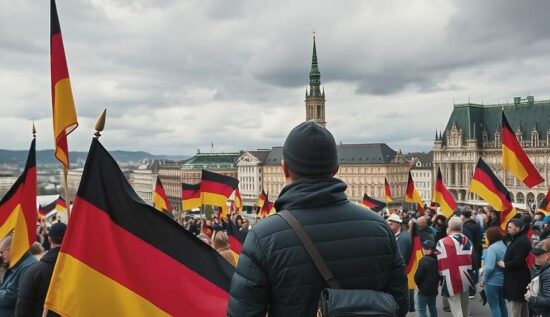A recent attack in Munich has left many questions unanswered. The incident began with a communication blunder from the Bavarian Interior Ministry, which initially provided incorrect information. The ministry later corrected the statement, revealing that the perpetrator had been granted a residence permit in Munich and was listed in police records as a witness in a case of shoplifting and drug offenses.
The inconsistencies in the story raise concerns about the efficiency of the police and the immigration authorities. How could a person listed as a witness in a police file be mistaken for a suspect? Was the residence permit not registered in the central database? These questions are not limited to the Munich attack, as similar cases have occurred in the past.
Another aspect of the incident that has sparked debate is the portrayal of the perpetrator in the media. The pictures of the attacker, which circulated on the internet, show him posing next to the vehicle he used in the attack. This has led to speculation about his motivations and background.
The story of the two victims, Amel and Hafsa, has also been shrouded in mystery. Their names were not publicly disclosed and the media focused on the “instrumentalization” of the attack rather than the victims themselves. This omission has been criticized, as it has contributed to the silencing of the victims and their stories.
The reaction to the attack has also been criticized, with some arguing that the emphasis on “instrumentalization” has created a false narrative and served to further divide the community. The exclusion of AfD representatives from a memorial service has been seen as a further example of this trend.
The Munich attack has raised many questions and the answers are still unclear. The incident highlights the need for transparency and accountability in the handling of such cases, as well as a more nuanced and informed public discourse.





